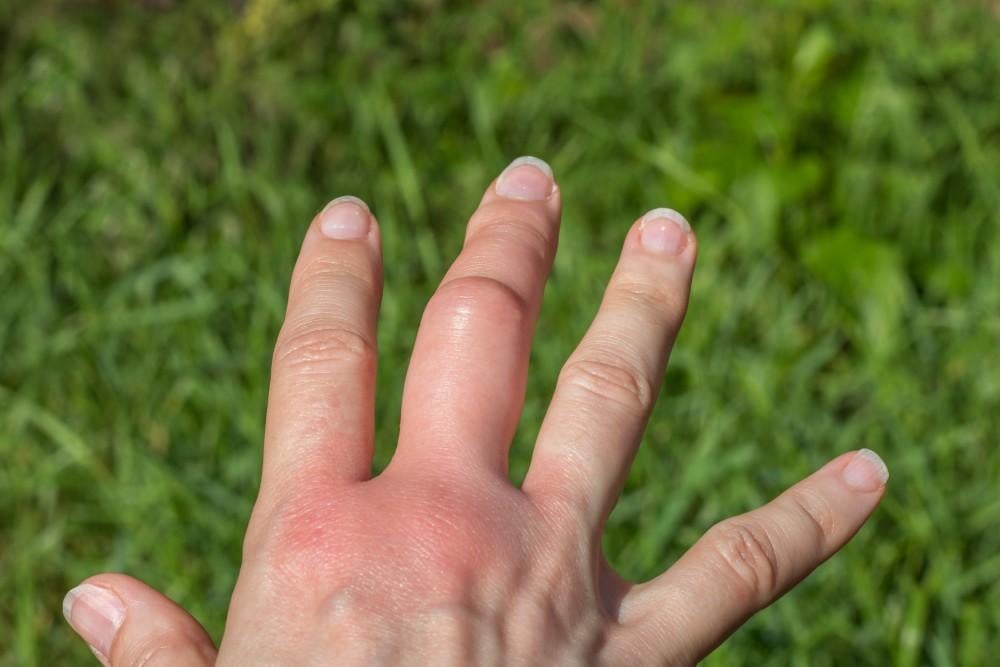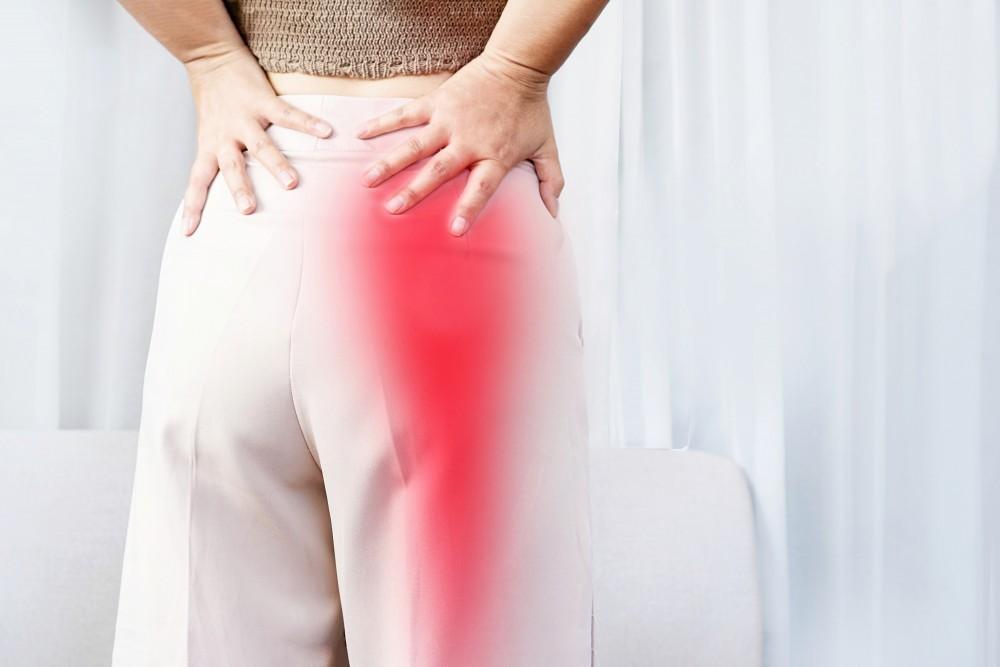Physical rehabilitation is a process through which people can have pain, functional mobility, and other issues related to injury and damage from physical conditions or diseases assessed and treated. Many different regimens and therapies are involved, and manual therapy is a common and useful tool for helping people feel better. As the name implies, this is one of several methods using your hands to apply direct pressure in different ways to muscles, tissue, and joints.
We use many forms of manual therapy, including massage and myofascial release, and because they tend to look quite similar, there is often confusion as to whether or not they are the same thing. Let’s try to address this question by looking at the two treatment methods separately, examining what they are and how they are similar and different.
If you live in the Houston or Spring, Texas area and you need physical therapy to manage pain, recover from injury, or other reasons, Drs. Billy Cheong, Kesia Broome, Elias Madrid, Tabotha Green, Francis Jopanda, and their team at Elite Spine and Health Center can help.
Understanding myofascial release and massage therapies
Let’s break down what each of these therapies are and how they work:
Massage therapy
Massage therapy is a broad term for various manual therapies designed to manage stress, pain, anxiety, and various other health conditions. A therapist can use their hands, forearms, fingers, and elbows to knead and manipulate tissue to relieve symptoms, relax your body, and help damage heal. Different massage methods include Swedish, deep tissue, hot stone, sports, aromatherapy, reflexology, and even massages for pregnancy.
Myofascial release therapy
Fascia is a form of dense, fibrous tissue that surrounds your muscles, nerves, organs, and most other places in the body, and due to its weblike structure is continuous throughout. It is highly flexible, and when it becomes damaged, it is more rigid and tight (also called trigger points), which can limit motion and cause pain. Myofascial release is also known as myofascial trigger point therapy and targets these areas which can feel like bumps or nodules in your muscles.
Similarities and differences
A massage can be used to manage many different forms of pain and discomfort, but the primary goal is relaxation and stress reduction, and certainly, relief from pain due to trigger points can achieve the same result. Both methods work by directly applying manual techniques to accomplish their goal, and while myofascial release can be argued to be a form of massage, it is designed specifically for managing symptoms associated with trigger points.
This distinction makes myofascial release therapy optimal for conditions like frozen shoulder, whiplash, bursitis, plantar fasciitis, carpal tunnel syndrome, herniated disks, and repetitive stress problems. Massage can relieve some of the associated issues, but targeting the trigger points and any referred pain that may result is a more effective method of treating the problem.
Ultimately, they are both forms of manual therapy, meaning they share many similarities, but the specifics of what they treat make a difference in your results depending on what you need. Whether you’re looking for either of these treatments or other methods of recovering from physical problems, make an appointment with Drs. Cheong, Broome, Madrid, Green, Jopanda, and the team at Elite Spine and Health Center today to get better.




